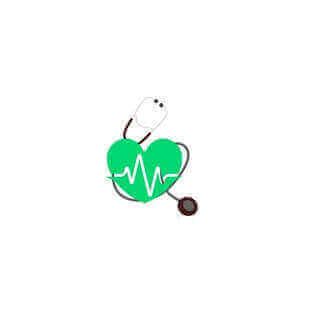Heart health alert: Doctors warn cholesterol can silently damage arteries from a young age, and five warning signs mean it is time to book a simple lipid profile without delay. People often overlook cholesterol checks, but early testing can prevent hidden heart risks, say doctors.
When was the last time you checked your cholesterol? Most people skip this test, assuming it is only for their parents or those with overweight issues. But doctors say cholesterol problems can start in your 20s, even when you feel fit and fine. The first warning sign might not be a symptom at all — it could, in fact, be a heart attack.
So, here is one simple, inexpensive test that can reveal a lot about your heart health: the lipid profile. And if you are wondering whether you really need one, here are five signs that should make you book that test without delay.
What is a lipid test?
A lipid profile measures your cholesterol, which includes LDL (bad cholesterol), HDL (good cholesterol), triglycerides, and other markers. High LDL or triglycerides damage arteries, increasing your risk of heart attacks and strokes.
Dr Rashi Khare, Additional Director – Interventional Cardiology and Heart Failure Programme, Fortis Hospital, Shalimar Bagh, explains, “A lipid test is like a window into your blood vessels, it helps catch problems early and prevent heart attacks.”
In short, you do not feel cholesterol building up, but it is happening. That is why this test is powerful, as it reveals hidden risks.
At what age should you start checking cholesterol?
Dr Monika Prabhakar, Group Head – Operations, National & International Labs, Metropolis Healthcare Ltd, says, “A lipid profile should ideally be done from the age of 18, even in healthy adults. If normal, repeat every 4–6 years. But if there is a family history of early heart disease, diabetes, or obesity, start earlier and test more often.”
Dr Khare adds, “After 40, testing should become more regular.”
So yes, even if you are a 25-year-old working long hours in front of a laptop, this test is for you.
5 signs you need a lipid test right away

- Unexplained fatigue that does not go away even with rest
- Shortness of breath on mild exertion, like climbing a few stairs
- Sudden chest heaviness during stress or exercise
- Yellowish deposits on eyelids (xanthomas)
- Persistent bloating or indigestion that feels unusual
What happens if you delay testing?
According to experts, cholesterol does not harm overnight. It slowly builds fatty plaques in your arteries. But once a plaque ruptures, the damage is sudden and severe, like a heart attack or stroke. Sometimes the very first symptom is fatal.
Dr Khare warns, “Cholesterol silently builds up plaque inside arteries. The process can start in youth. But once a plaque ruptures, a heart attack can happen suddenly, and sometimes the first sign is fatal.”
How often should you repeat the test?
- If your results are normal and there are no risk factors, then every 4–6 years is fine
- If your results are borderline, then repeat in 6–12 months
- If you are high-risk (family history, diabetes, obesity, PCOS, thyroid issues), then test once a year or as advised by your doctor
- If your results are normal and there are no risk factors, then every 4–6 years is fine
- If your results are borderline, then repeat in 6–12 months
- If you are high-risk (family history, diabetes, obesity, PCOS, thyroid issues), then test once a year or as advised by your doctor
Source : Business standard
(Only the headline and picture of this report may have been reworked by the ShareMantras staff; the rest of the content is auto-generated from a syndicated feed.)

